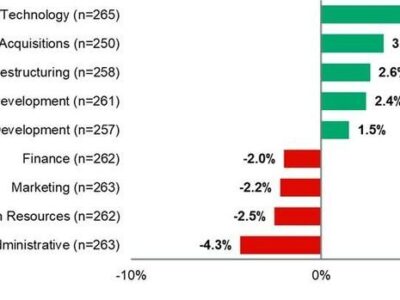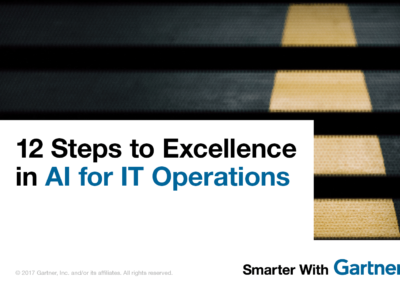Gartner analysts share the best ways for companies to grow analytics investment in a competitive world.
From monetization of data to customer analytics and artificial intelligence, data and analytics serve as a powerful catalyst for change in the enterprise. Organizations derive power from knowledge, and business intelligence (BI) can offer countless opportunities for new revenue sources and business opportunities. However, limited resources and hard-to-find skill sets can seem like insurmountable challenges. Ahead of Gartner Data & Analytics Summit, we talked to a few of the Gartner analysts presenting at the event to solicit advice on how to implement effective data and analytics initiatives despite the obstacles.
How can leaders take advantage of business opportunities created by analytics while facing limited budgets and lack of data skills?
The data and analytics market has changed dramatically in recent years — you no longer need big budgets before getting started. Many vendors offer free versions of their self-service BI and analytics software, with low-cost and pay-as-you-go options. Tools are easier to use and smarter, helping business users more readily find patterns and new opportunities in their data. In part, this helps with the analytic skill shortage. But only in part. To more fully address the skill shortage, we need to improve diversity and recruiting at an earlier age to make IT and analytics more attractive. The most analytically savvy companies will attract and retain the best talent.
Start by engaging with your stakeholders to truly understand their underlying drivers and motivations — and if the business community can’t come up with their own drivers, then be proactive and offer some kick-starter ideas. It can help to put the most attention on identifying tangible and measurable business outcomes; specific reporting outputs and dashboards are a means to an end, but they are not an end in themselves. And ensure you deliver some tangible business value early on to gain momentum and establish credibility — you can worry about optimizing for efficient delivery later.
Data and analytics projects are being used for three main business reasons: Keeping the business safe, cost or operational efficiency, and value creation or revenue generation.
In the first situation, companies must protect the business, because of vulnerabilities and risks they face or to respect the law and compliance policies. In the second situation, companies will be more efficient and have a lower cost of operations. In the third situation, companies will increase their revenue or serve their clients better.
When faced with budget constraints, it is very important for leaders to understand the return on the investment in a data and analytics project. In the first scenario, this investment is mandatory. In the second and third scenarios, the leader must create a compelling argument based on the savings or the extra revenue that will result. If there are more opportunities to pursue than budget to achieve them, focus on those that are more critical and the ones that deliver more value. After completion of the projects, access the results and use the lessons learned for the next cycle.
Lack of data skills is a problem worldwide. Be creative. Use outsourcing and offshoring when possible. Partner with universities and colleges for projects and to retrain your current staff. Start trainee programs to bring talent fresh out of school to your business.

Analytics is misunderstood. For too many clients the term, “analytics” seems to equate to metrics, or analysis, or measurement. For other clients, the complexity and challenges of data hold them back, even before they think about what analytics can do for them. It may be more useful to think about data and analytics but from a different, business perspective.
Think about this: We all have to make decisions at work, whether it is a question about sending an email, serving a customer, returning a phone call, closing a mortgage agreement, operating on a patient or shipping a product. Everything is about smarter decisions that drive increased business value from innovated business moments.
So start by talking in business terms: Which business moments are most important to our business, our business leaders? Once you have a few candidates, explore the decisions and business processes employed to exploit those business moments. And only then start to identify the analytics and data needed to deliver the value.
Get Smarter
Data and Analytics Hub
Visit Gartner’s Data & Analytics Hub for complimentary research and webinars.
Gartner Data & Analytics Summit
Gartner analysts will provide additional analysis on data and analytics leadership trends at the Gartner Data & Analytics Summit 2017, taking place February 20-21 in Sydney, March 6-9 in Grapevine, Texas, March 20-22 in London, May 23-24 in Tokyo, June 6-7 in Mumbai, June 20-21 in Sao Paulo, Brazil and November 20-21 in Frankfurt. Follow news and updates from the events on Twitter using #GartnerDA.













